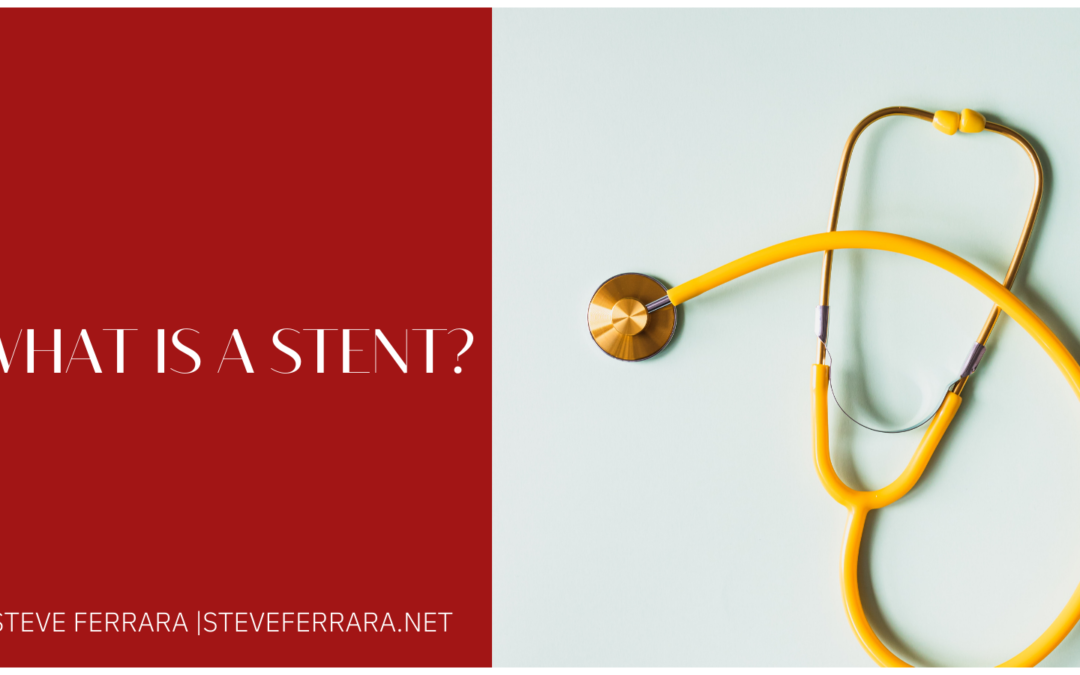A stent is a scaffold inserted inside a blood vessel to divert it around an obstruction (stricture) in the blood vessel. The stent keeps the blood vessel open and prevents the formation of a thrombus (blood clot). A stent can be metal or plastic and can provide complete or partial occlusion depending on its design.
Why Would I Need a Stent?
There are many reasons why a stent would be used, ie. In case of thrombosis (blood clot), an aneurysm (a weak area on the inside of an artery), stenosis, and peripheral vascular disease, known as peripheral arterial disease. Thrombosis is most likely to occur in the setting of stent-grafts when the stent is inserted in a vessel with stenosis. The stent is then used as a scaffold to help divert blood around the obstruction and help maintain flow in the vessel.
How is a Stent Performed?
A stent is inserted through a catheter, a hollow tube inserted into the artery, and maneuvered to the location of the stenosis. Once in place, the stent opens up and expands to form a scaffold that supports and keeps open the artery. The support is usually required for 3-6 months, after which one can take it out.
What Complications Could Happen?
The main complication is when thrombosis forms at or near the site where the stent has been inserted. It can also cause an aneurysm. Another complication that is more likely to develop is the formation of new blood vessels growing into the stent. It will cause problems such as gangrene and infection. It may also make it difficult to remove the stent in the future.
What Happens After the Procedure?
After the procedure, most patients experience mild discomfort in the affected arm, which one can treat with painkillers. During the first few weeks after the stent is inserted, patients should avoid any strenuous activities and refrain from smoking as it could cause complications. Patients should also attend follow-up appointments to make sure everything is okay.
Stents are used to keep blood vessels open so that there is no obstruction. They also prevent the vessel from developing thrombus blood clots. Although they are usually safe, they do have certain complications like forming new blood vessels into the stent, which may cause problems that could be life-threatening.
